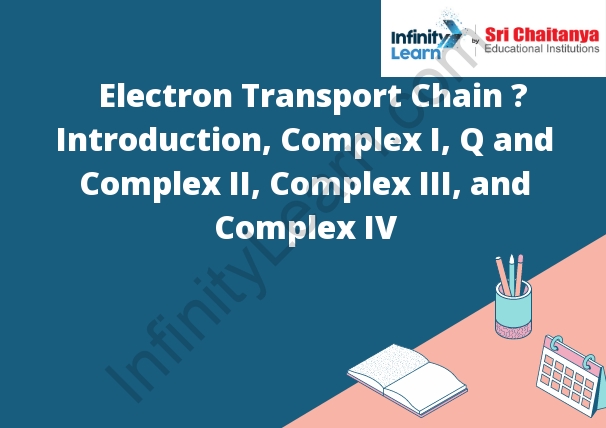Table of Contents
Introduction:
Complex II is a component of the electron transport chain in the mitochondria
The electron transport chain is a series of proteins that transfer electrons from one molecule to another, ultimately leading to the production of adenosine triphosphate (ATP), the energy currency of the cell. Complex III is a component of the electron transport chain that transfers electrons from ubiquinol to cytochrome c.

What is the Electron Transport Chain?
The electron transport chain is a biochemical process that uses energy released by the oxidation of food molecules to produce adenosine triphosphate (ATP), the energy currency of the cell. The electron transport chain is found in the inner mitochondrial membrane and consists of a series of enzyme complexes that transfer electrons from NADH to oxygen, generating water.
Complex I
is a large enzyme that is found in the mitochondrial matrix. It catalyzes the transfer of electrons from NADH to ubiquinone, which then transfers them to cytochrome c. This electron transport chain is responsible for the generation of ATP.
Complex I is a large enzyme that is found in the mitochondrial matrix. It catalyzes the transfer of electrons from NADH to ubiquinone, which then transfers them to cytochrome c. This electron transport chain is responsible for the generation of ATP.
Q and Complex II
The Q-cycle is a process that helps to produce energy in the mitochondria. The Q-cycle uses ubiquinone (Q) to shuttle electrons between complexes I and III. This process produces adenosine triphosphate (ATP), which is the energy currency of the cell.
Complex II is a mitochondrial enzyme that uses ubiquinol (QH2) to transfer electrons from succinate to ubiquinone. This process produces fumarate and generates energy in the form of ATP.
Complex IV
Complex IV, also known as cytochrome c oxidase, is an enzyme found in the mitochondria of cells. It is responsible for the oxidation of cytochrome c, and the production of ATP. The complex is a large, multi-subunit protein that contains multiple heme groups. The heme groups bind to oxygen, and the enzyme uses the energy released from the oxidation of cytochrome c to produce ATP.
Mitochondrial Diseases
Mitochondrial diseases are a group of disorders caused by defects in the mitochondria, the organelles inside cells that generate energy. Mitochondrial diseases can affect any organ or tissue, but most often affect the muscles, heart, and brain. Symptoms can vary widely, depending on which organs are affected, and can include muscle weakness, heart failure, seizures, dementia, and blindness.
Most mitochondrial diseases are passed from one generation to the next, but some can be acquired due to environmental factors or other diseases. There is no cure for mitochondrial diseases, but treatments are available to help manage symptoms.








